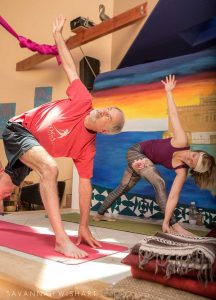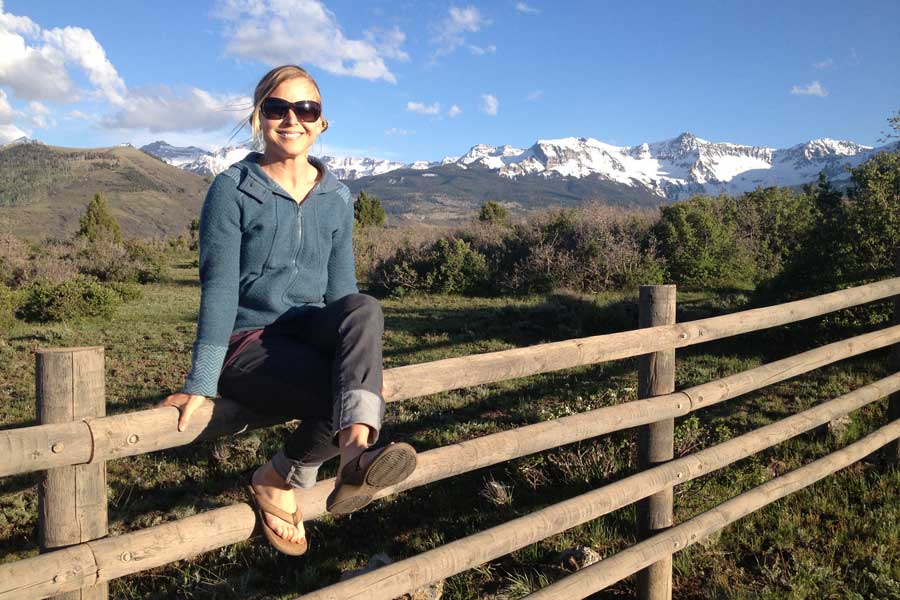Give Back Yoga Foundation
02 Jun 2018
Yoga Philanthropist Rob Schware
By Matthew Wilburn King In 2008, after spending 23 years serving the World Bank as the lead information technology specialist, Rob Schware was headed to prison. It wasn’t just any prison; it was San Quentin State Prison, notorious for housing some of the most violent criminals in America. The Boulder resident didn’t know what to expect when he first entered San Quentin. “The most memorable moment was when the gates closed; I went through the first and second checks, when those final gates closed and I heard the clang, I realized: whoa, I’m here, I’m in prison.” The experience was sobering, he says. “I felt super conscious of being in a very foreign land . . . even after having been to loads of developing countries for the World Bank; living and working in violent places like Rwanda for two to three years.” So what brought him to prison? Yoga. But it’s a long story.












